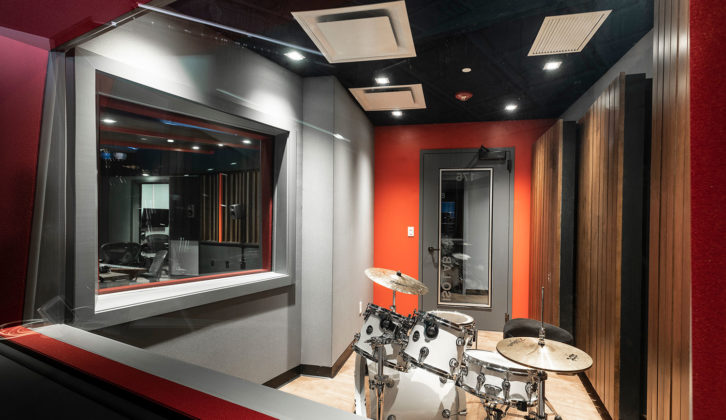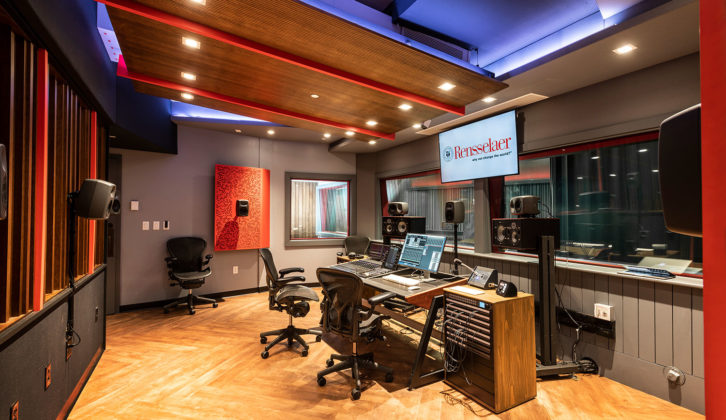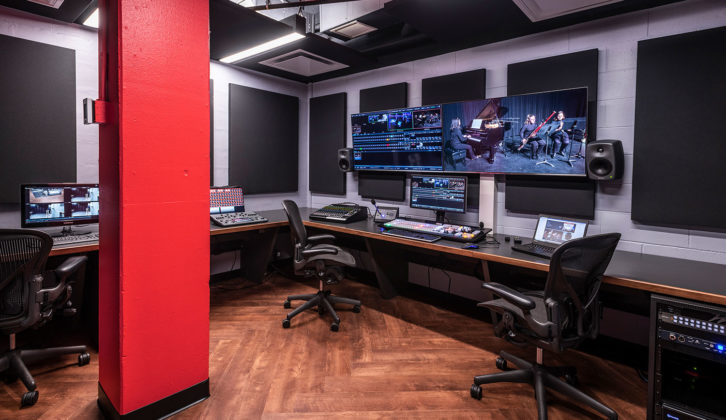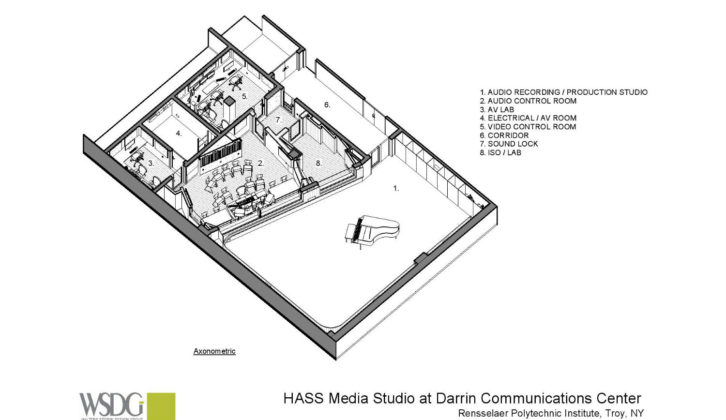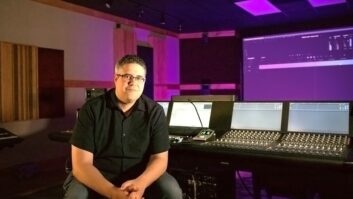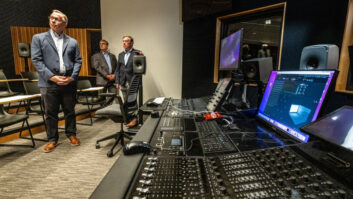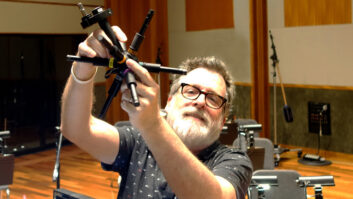Rensselaer Polytechnic Institute (RPI) has commissioned Walters-Storyk Design Group (WSDG) to design and oversee the construction of a fully immersive audio/video/3D production, mixing and editing complex for their Troy, NY, campus. The primary mission for this addition to Rensselaer’s Media Arts, Science & Technology Department is to advance the creation, performance and production of 3D immersive audio and video content.
“RPI was founded in 1824 for the application of science to the common purposes of life, and is recognized for its degree programs in engineering, computing, business management and information technology,” states, Mary Simoni, RPI, dean of the School of Humanities, Arts & Social Sciences. “This new facility will be integral to our signature thrust, and will significantly extend connectivity to (and collaboration with) the university’s Experimental and Performing Arts Center (EMPAC) and Cognitive Immersive Systems Lab (CISL).”
Iso lab
Live room
Control room
Audio room
Architectural rendering from WSDG
“Our assignment focused on the complete renovation of the existing 1,700-square-foot space, and the design, construction supervision and systems integration of a 1,000-square-foot audio recording/production studio, a cutting-edge 300-square-foot audio control room, a 100-square-foot iso lab, a 160-square-foot video control room, and a 90-square-foot AV lab,” reports WSDG partner/project manager Joshua Morris. “With a 16-foot ceiling height and sufficient space for ambitious audio and video programming creation, RPI’s Immersive Production complex will provide students with a future-proofed experimentation environment. Special attention is being focused on the facility’s variable acoustic properties, to compensate for the ‘deader’ tracking environment required by immersive production techniques.
Related: WSDG Builds Audio Suite for Northern Lights, Oct. 5, 2010
“The complex will utilize ‘dark’ fiber optic connectivity previously installed between RPI’s EMPAC and DCC buildings to allow for seamless audio/video connectivity. Advantages will include use of the EMPAC Concert Hall as a soundstage with audio/video control in the DCC and enable a live performance at the DCC to be viewed on multiple EMPAC screens,” Morris adds.
Want more stories like this? Subscribe to our newsletter and get it delivered right to your inbox.
